Програмований апаратний TOTP-токен у форматі карти
Класичні апаратні TOTP-токени SHA-1 з попередньо встановленими секретними ключами
Програмований апаратний TOTP-токен у форматі брелока
Класичний апаратний TOTP-токен з підтримкою алгоритму SHA-256
Програмований апаратний TOTP-токен у форматі карти
Класичні апаратні TOTP-токени SHA-1 з попередньо встановленими секретними ключами
Програмований апаратний TOTP-токен у форматі брелока
Класичний апаратний TOTP-токен з підтримкою алгоритму SHA-256
Безкоштовний застосунок для двофакторної автентифікації з хмарним бекапом, простим перенесенням токенів на новий телефон, PIN-кодом і біометричною автентифікацією
Безкоштовна доставка OTP через чат-ботів у месенджерах
Доставка одноразових паролів за допомогою SMS-повідомлень
Безкоштовна доставка одноразових паролів електронною поштою
Доставка одноразових паролів через push-повідомлення
Безкоштовний застосунок для двофакторної автентифікації з хмарним бекапом, простим перенесенням токенів на новий телефон, PIN-кодом і біометричною автентифікацією
Безкоштовна доставка OTP через чат-ботів у месенджерах
Доставка одноразових паролів за допомогою SMS-повідомлень
Безкоштовна доставка одноразових паролів електронною поштою
Доставка одноразових паролів через push-повідомлення
Інструкції
Налаштуйте двофакторну автентифікацію (2FA) для OpenVPN за допомогою системи багатофакторної автентифікації Protectimus.
Багатофакторна автентифікація (MFA) — це ключовий елемент кібербезпеки. Вона захищає облікові записи користувачів, інфраструктуру та конфіденційні дані від несанкціонованого доступу. Двофакторна автентифікація (2FA) для OpenVPN запобігає зламу облікових записів методами брутфорсу, кейлогерами, підміною даних, фішингом, атаками «людина посередині» (MITM) і соціальною інженерією.
Двофакторна автентифікація (2FA) для OpenVPN означає, що для входу потрібно підтвердити свою особу двома факторами.
Коли в OpenVPN увімкнено 2FA, зламати обидва фактори автентифікації стає майже неможливо, особливо з урахуванням того, що одноразовий пароль діє лише 30 секунд.
У цій інструкції пояснюється, як налаштувати двофакторну автентифікацію (2FA) в OpenVPN через протокол RADIUS, використовуючи хмарний сервіс або локальну платформу Protectimus.
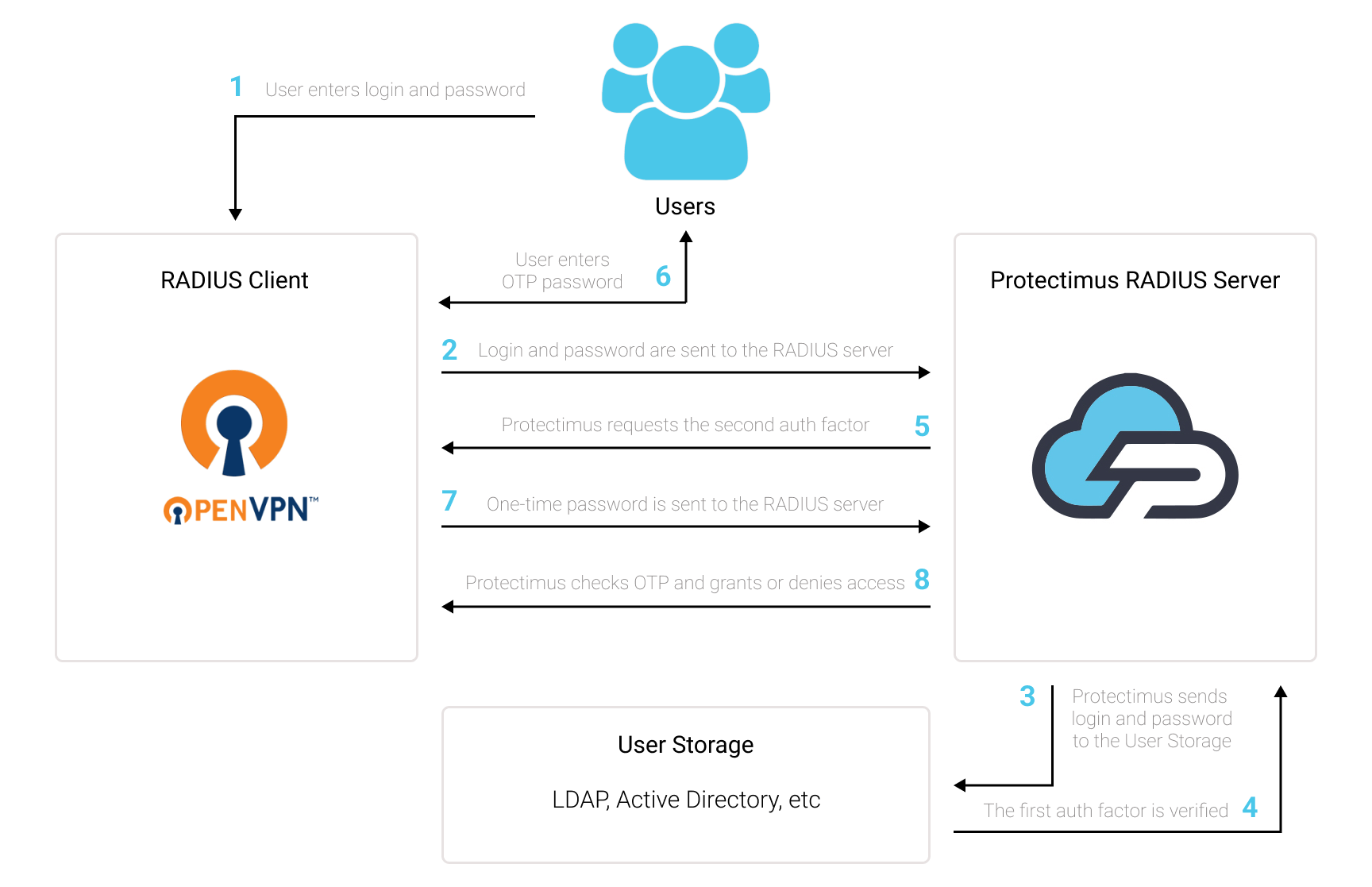
Ви можете налаштувати двофакторну автентифікацію (2FA) для OpenVPN за допомогою протоколу RADIUS та сервісу Protectimus:
- Зареєструйтесь у SAAS сервісі Protectimus або встановіть локальну платформу Protectimus та налаштуйте основні параметри.
- Встановіть та налаштуйте Protectimus RADIUS Server.
- Налаштуйте політики автентифікації на сервері OpenVPN.
Докладні інструкції щодо встановлення та налаштування Protectimus RADIUS Server доступні в нашому Посібнику з налаштування Protectimus RADIUS Server для OpenVPN 2FA.
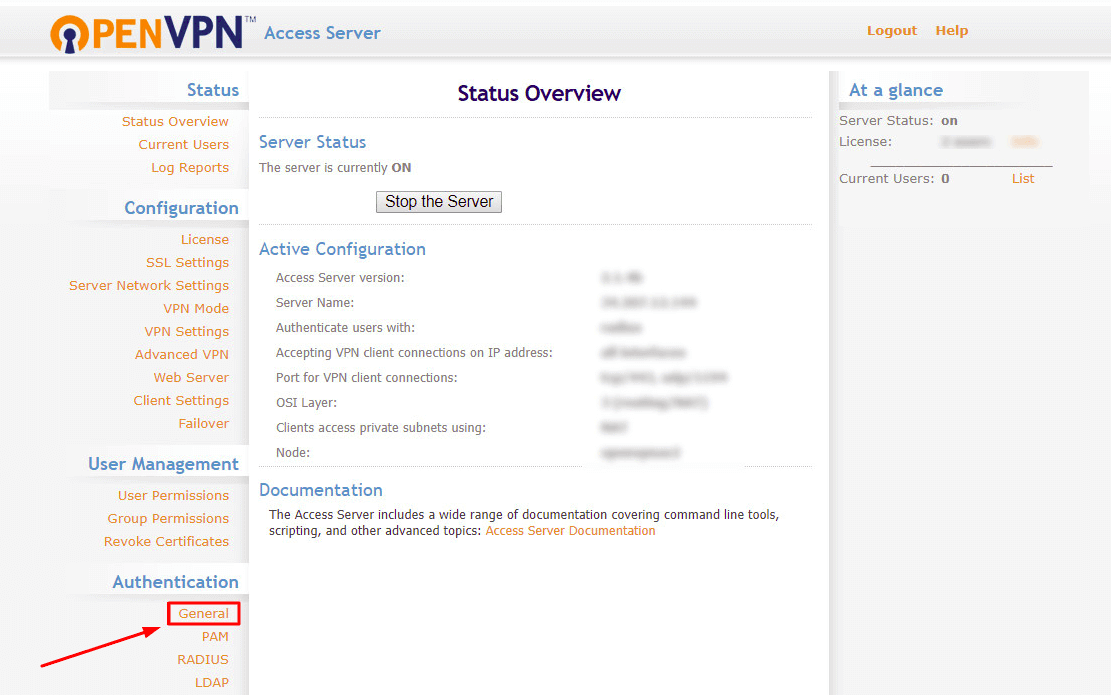
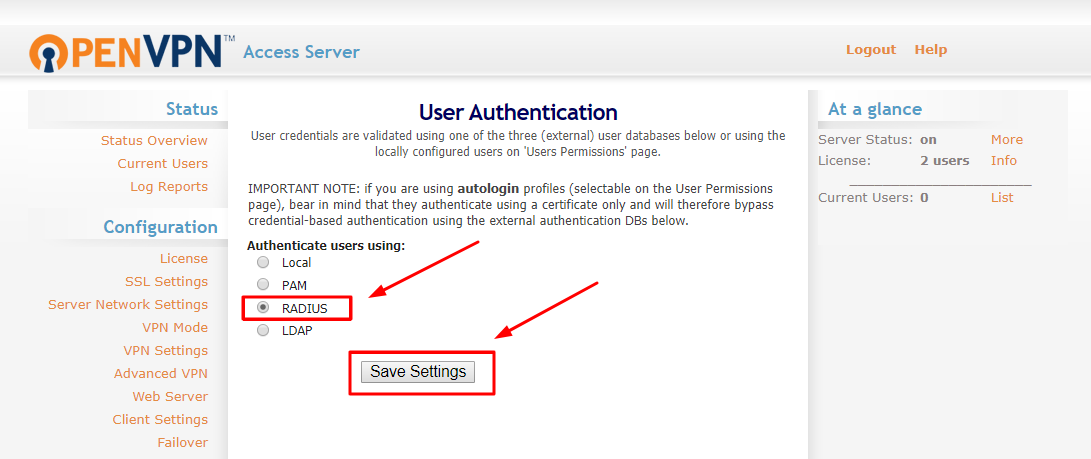

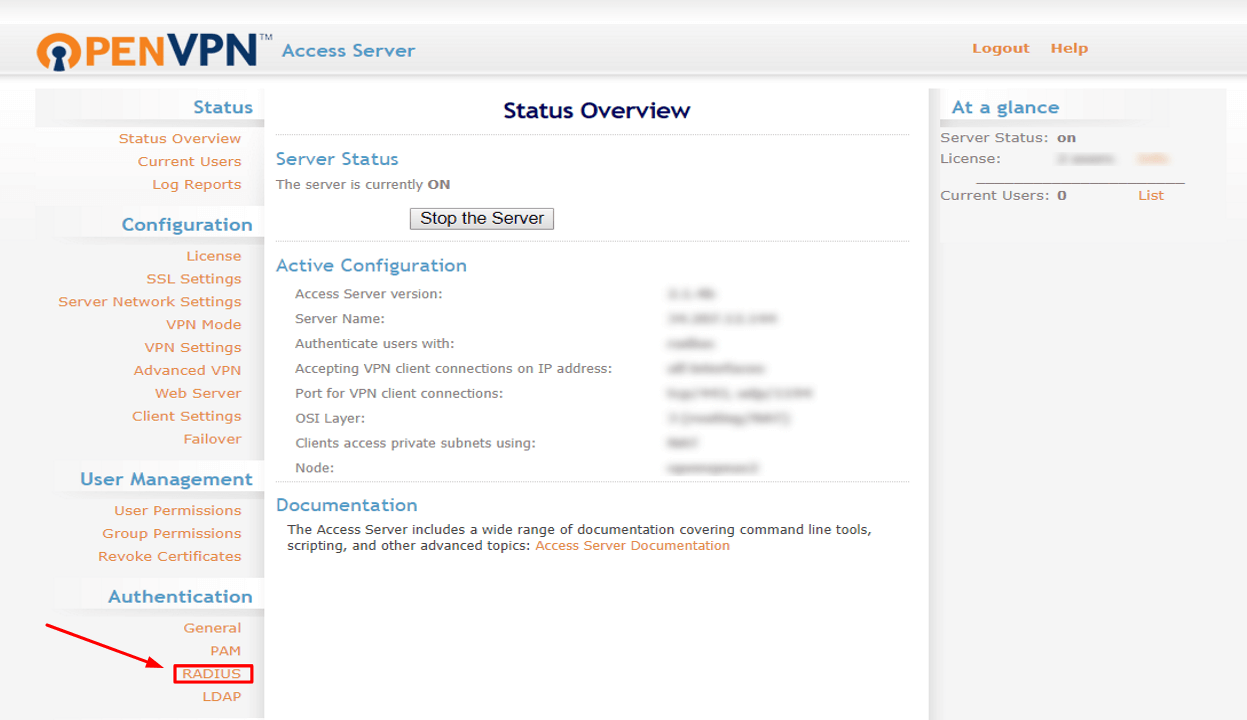
| Hostname or IP Address | Вкажіть IP-адресу сервера, на якому встановлений Protectimus RADIUS Server. |
| Shared Secret | Вкажіть секретний ключ, який ви створили у файлі radius.yml (властивість radius.secret) при налаштуванні Protectimus RADIUS Server. |
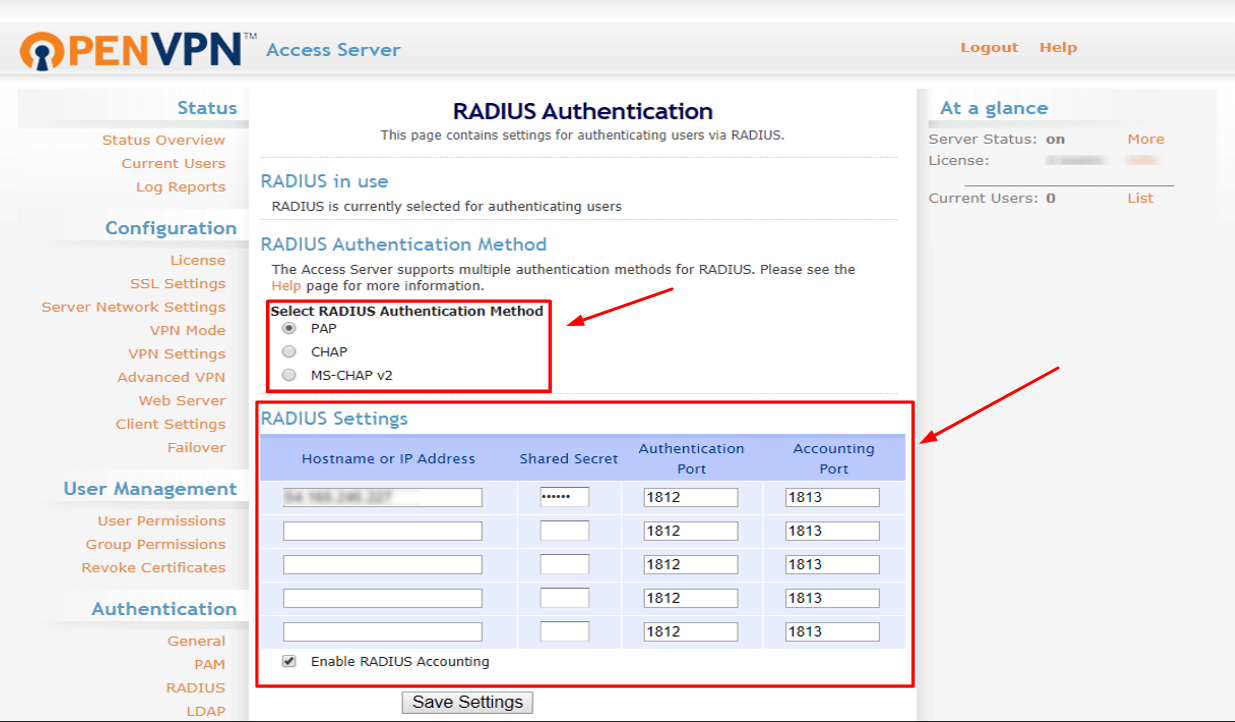
Інтеграція завершена. Якщо у вас є запитання, зверніться до служби підтримки клієнтів Protectimus.
Protectimus Ltd
Carrick house, 49 Fitzwilliam Square,
Dublin D02 N578, Ireland
Ірландія: +353 19 014 565
США: +1 786 796 66 64
Protectimus Ltd
Carrick house, 49 Fitzwilliam Square,
Dublin D02 N578, Ireland
Ірландія: +353 19 014 565
США: +1 786 796 66 64


